Garmin HRM-FIT review - compatible with 3rd party sports bras, is this the answer to HRM chafing?
The new backless heart rate monitor from Garmin claims to minimize under-the-sports bra chafing
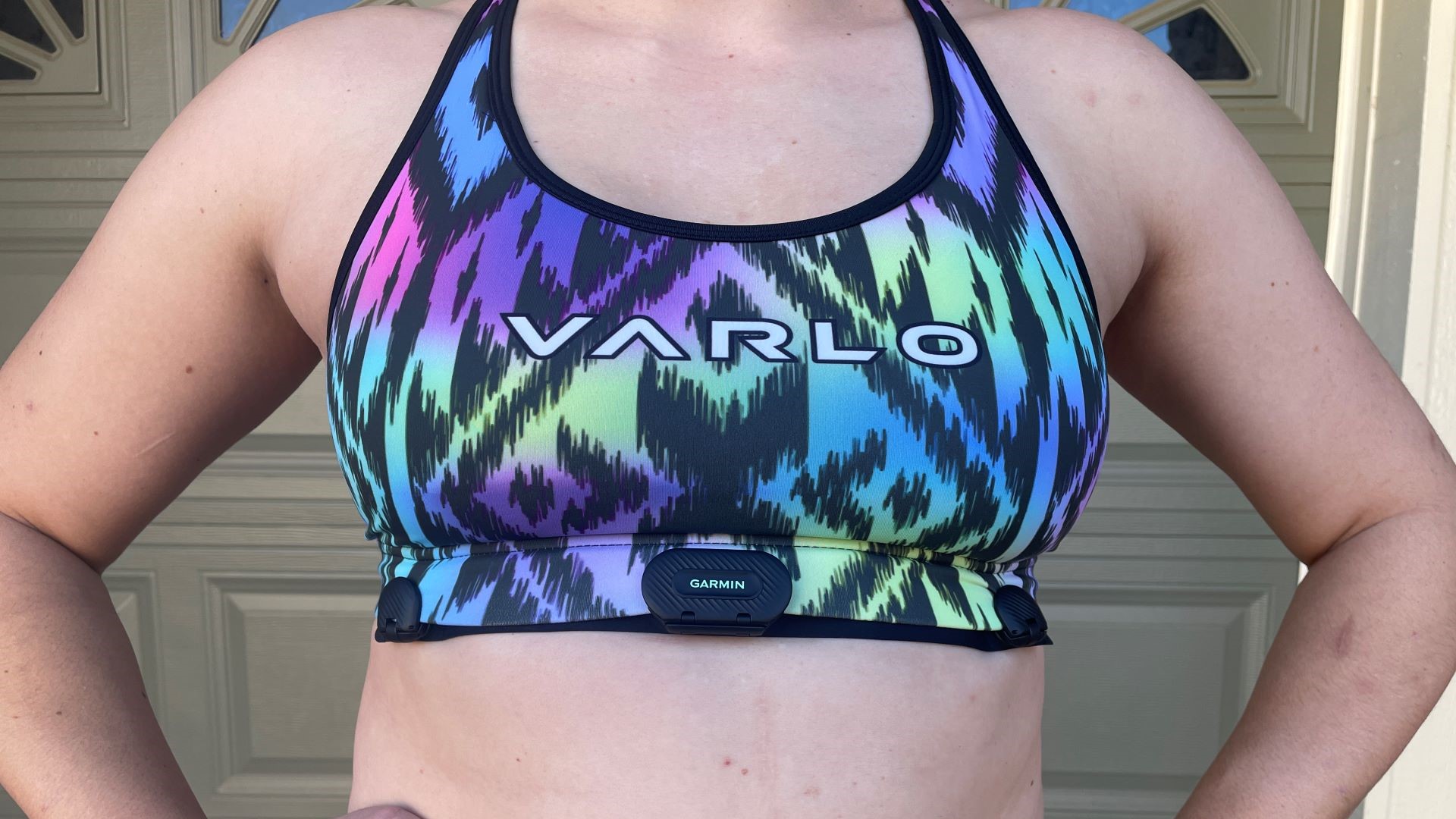
The Garmin HRM-FIT is designed to minimize chafing that a traditional around-the-chest heart rate monitor (HRM) can cause when tucked under the elastic chest band of a sports bra. The Garmin HRM-FIT delivers on its promise with a backless strap design that clips onto a sports bra, but its need to be used with very specific sports bra designs and high price tag may counteract some of its benefits.
-
+
Comfortable design
-
+
Minimizes chafing
-
+
Easy to set up
-
-
Can only be used with a specific type of sports bra
-
-
A bit bulky
-
-
High price tag
You can trust Cycling Weekly.

Those who wear sports bras when they ride know this unique frustration well: fastening your heart rate monitor (HRM) chest strap only to have it dig into your diaphragm and lose its position on the sternum thanks to rubbing from the sports bra’s elastic chest band.
This can result in spicy chafing marks that linger long after your ride is done and potentially inaccurate heart rate readings if the HRM is jostled out of position - especially if you try to move the HRM to avoid a chafing hot spot.
Garmin claims it's created a HRM that solves this issue. Enter the Garmin HRM-FIT, a women’s-specific heart rate monitor (although anyone who wears a sports bra can use it) featuring a never-before-seen backless chest strap with buckles that clip onto the front side of a sports bra’s elastic chest band.
The design had me raising my eyebrows for two reasons: would the HRM-FIT be able to lay flat enough with its backless design to still capture accurate heart rate data, and would the buckles present chafing issues of their own? I tested the HRM-FIT across two outdoor rides and one indoor trainer session to find out.
What’s New
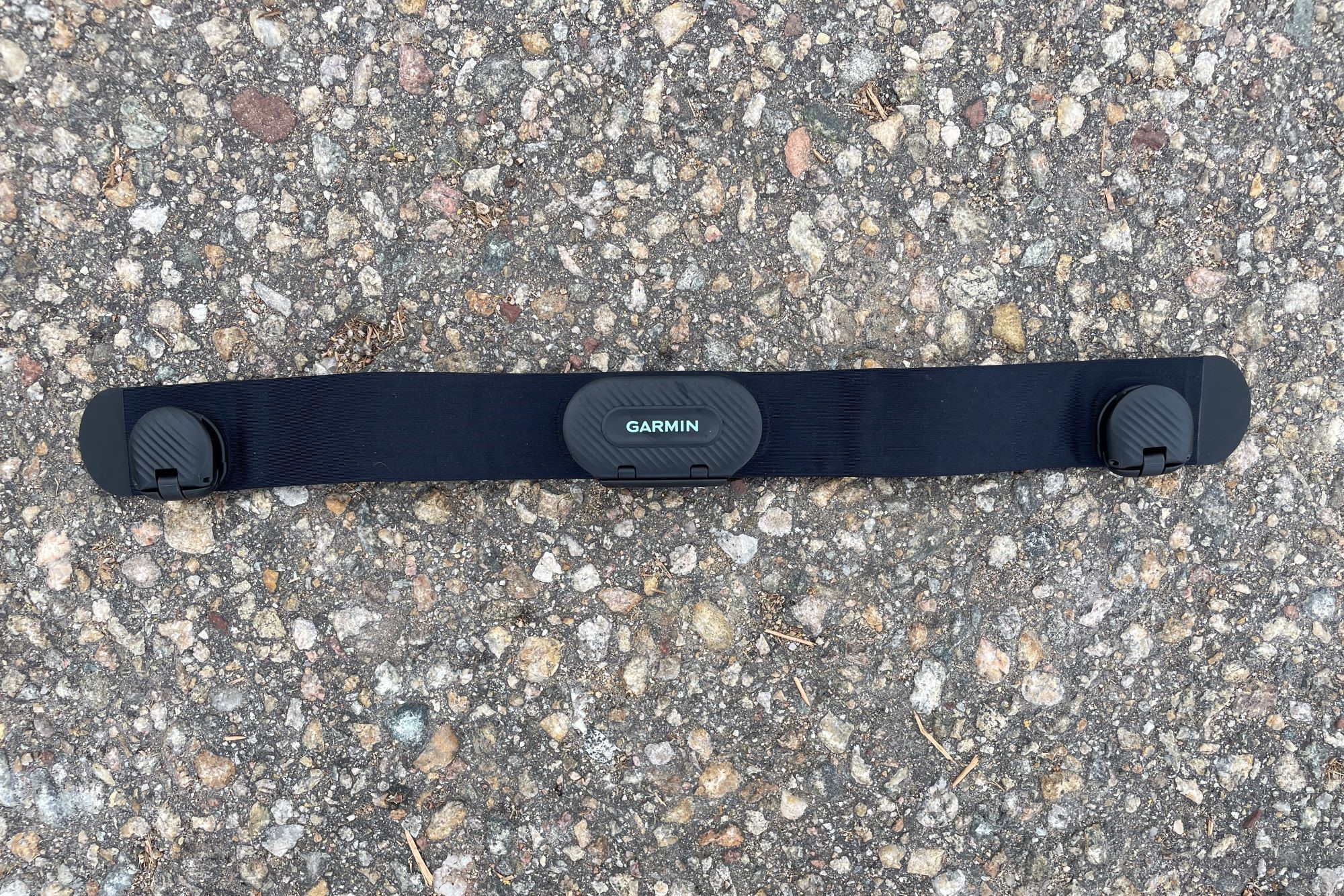
Most of us are familiar with the typical chest strap heart rate monitor - a stretchy band that is meant to sit with the heart rate sensor just below the sternum and fastens to make a full circle around one’s chest.
While the adage, if it ain’t broke, don’t fix it comes to mind with this simple product design, traditional chest HRM straps can indeed feel “broke” to those who wear sports bras on top of their HRM straps.
It is not uncommon for the chest strap to begin to dig into the skin near the sternum, below the breast tissue and near the lat muscles as a result of the compression of the sports bra’s elastic chest band forcing the HRM strap into rough contact with the skin.
The latest race content, interviews, features, reviews and expert buying guides, direct to your inbox!
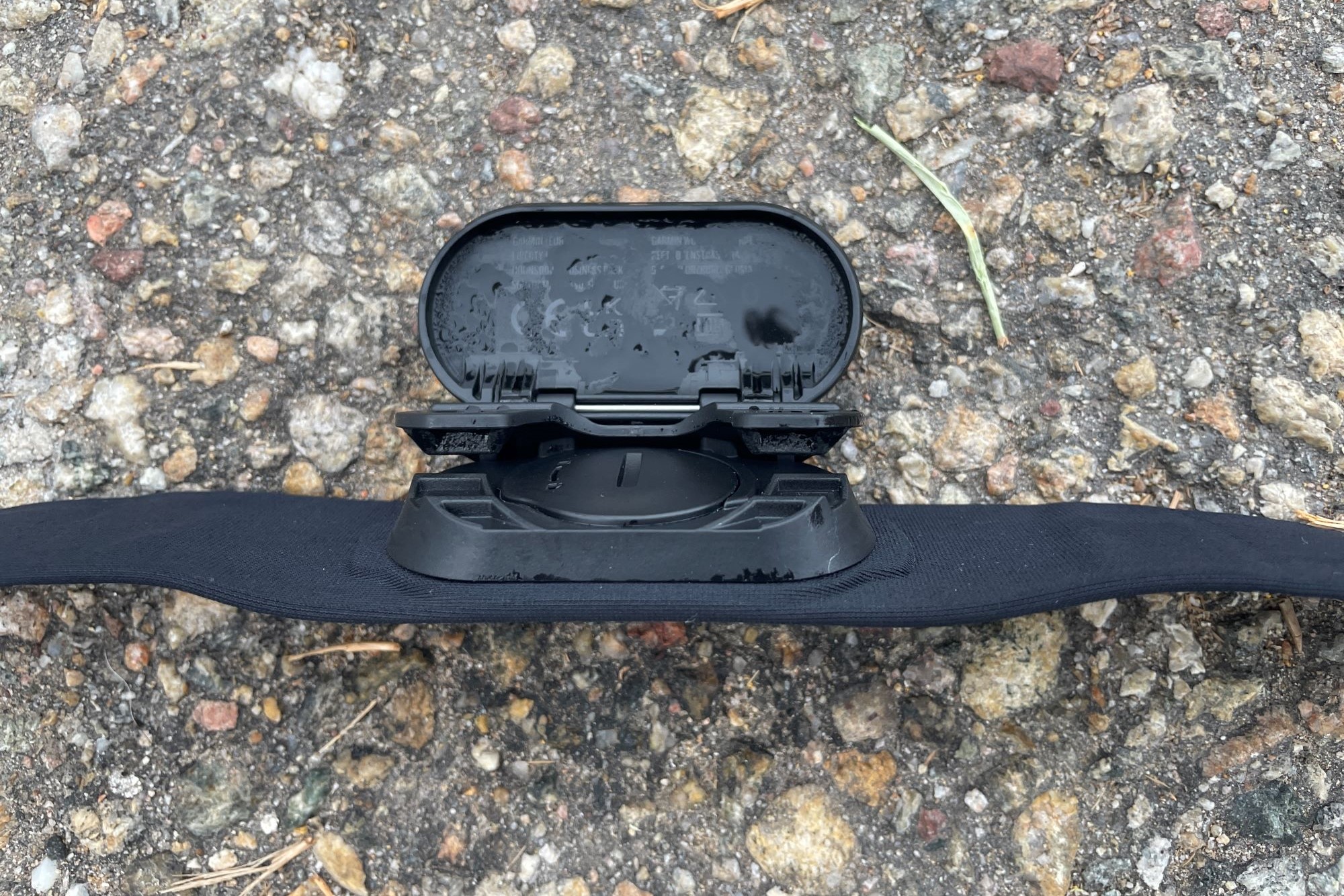
The Garmin HRM-FIT believes it's created an answer to the chafing problem that plagues many who wear sports bras - a backless, fasten-less chest HRM.
The Garmin HRM-FIT is a 13-inch non-elastic heart rate monitor that is worn by clipping its three buckles onto the front part of a sports bra’s elastic chest band.
Although this type of backless chest strap design has not been mass-marketed before, other brands have developed bicep and wrist HRMs to attempt to eliminate similar chest chafing issues. Time will tell if the backless design has the kind of staying power we’ve seen with full chest band and arm-based HRMs.
Set up
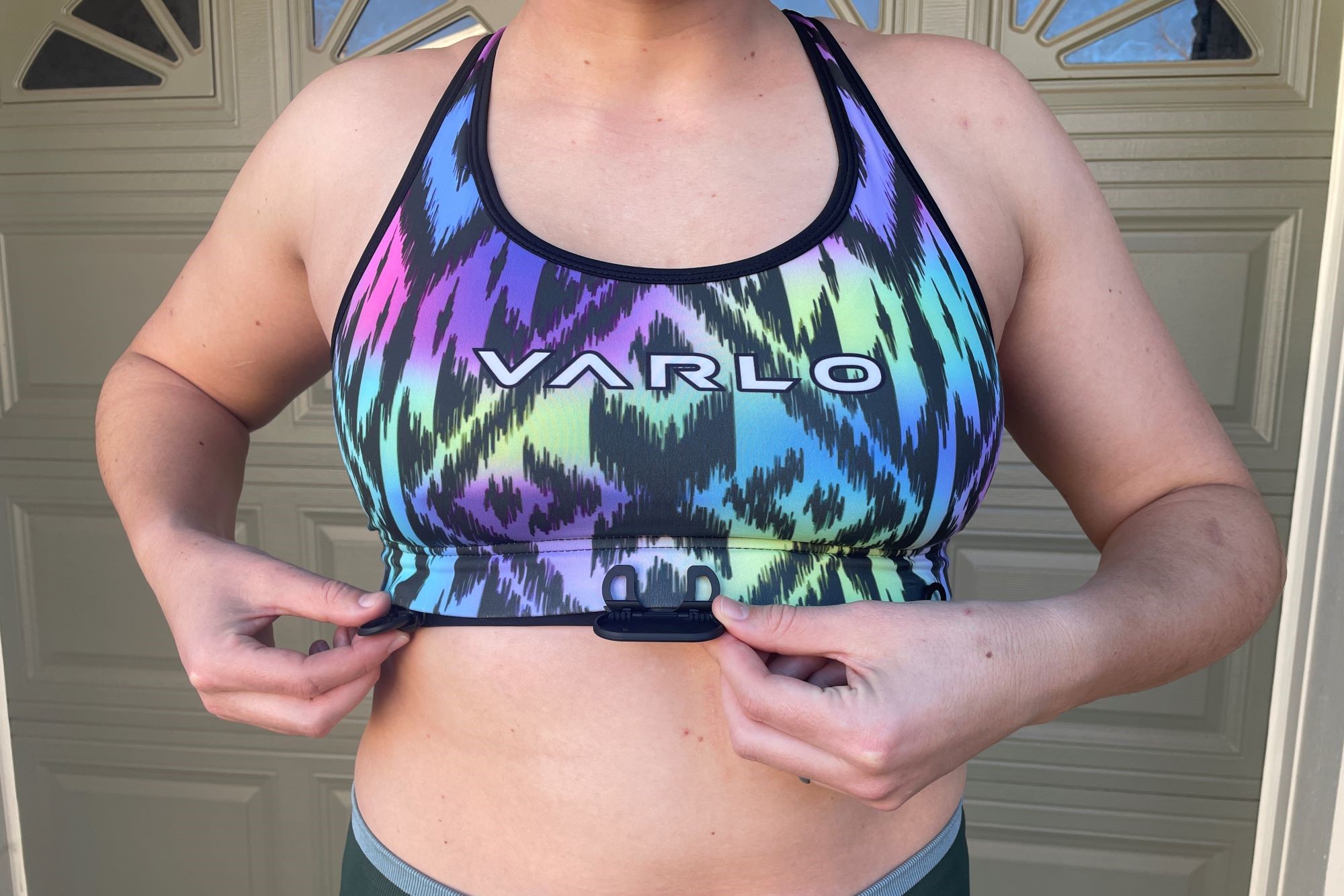
The Garmin HRM-FIT retains a high degree of simplicity when it comes to unpackaging the product, putting it on, connecting it to a bike computer or watch and heading out the door.
The product box contains only the HRM-FIT, a quick start guide, and a longer manual / disclaimer booklet that is typical to find with most tech gear.
The quick start guide and its online version make clear that only sports bras with a defined ~one inch (~2.54cm) elastic, compressive chest bands are suitable for the HRM-FIT. Garmin’s website says that this is a “necessity to minimize HRM strap movement and ensure skin to electrode contact.”
The HRM-FIT is Bluetooth and ANT+ enabled, meaning you can connect it to a variety of smart devices and they do not have to be Garmin-branded in order to pair with the HRM-FIT.
All in all, setup is as easy as we’ve come to expect from any quality HRM.
First Impressions
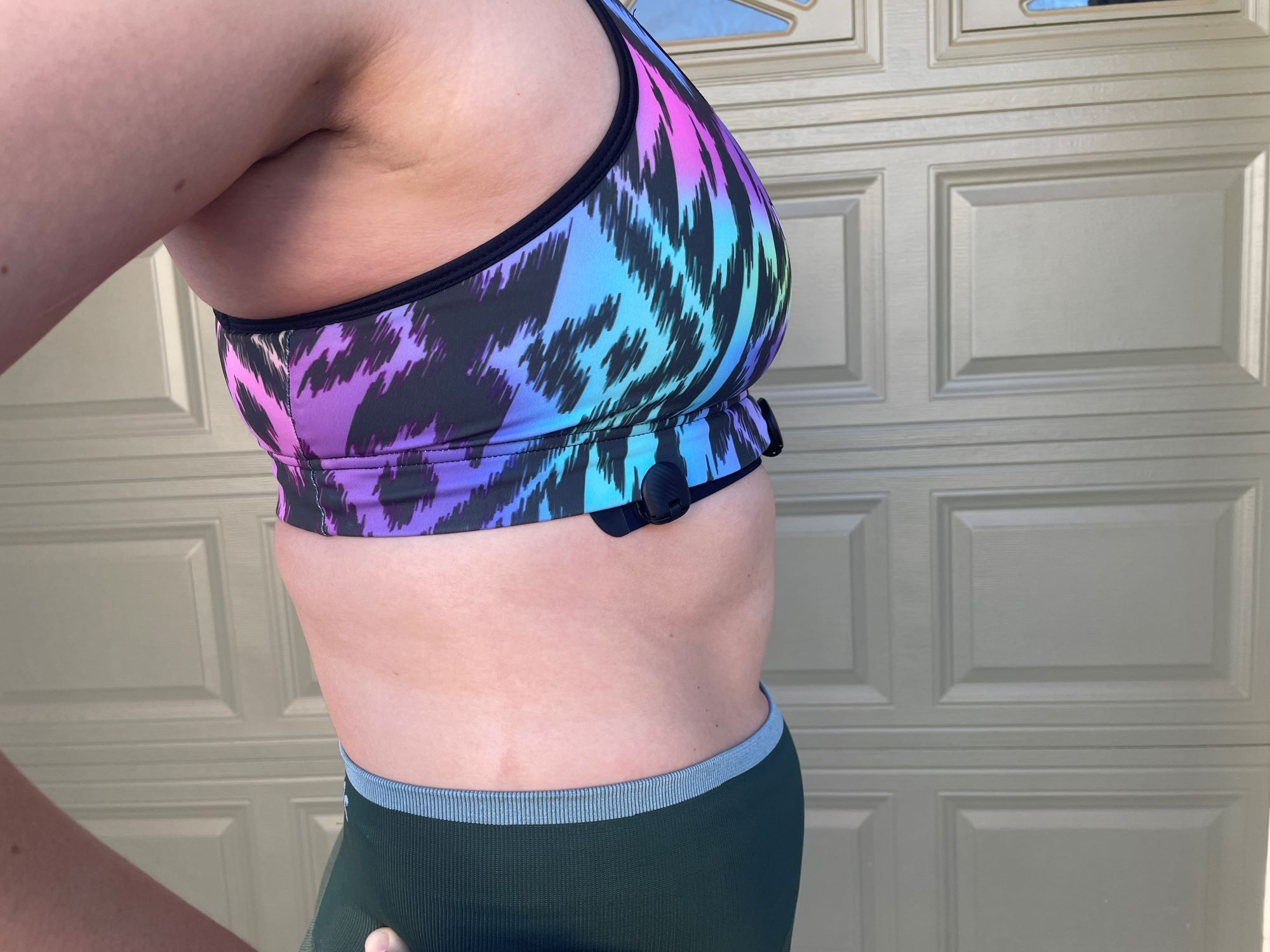
I’ll be honest, my first impression of the HRM-FIT from photos I’d seen was mostly one of skepticism. I found it hard to believe that three buckles on my sports bra band would be sufficient to hold the HRM in place and provide accurate readings. I also raised my eyebrow at the buckles themselves - wouldn’t they cause a whole new set of chafing problems? The only way to find out was to put it to the test.
My first ride with the HRM-FIT was a three-hour outdoor ride on a brisk 45°F (7°C) day. As I mentioned earlier, it’s fortunate that my preferred sports bra type is the kind that works best with this HRM, so I didn’t face any issues with compatibility.
Before connecting the HRM-FIT, I needed to put it on. The three buckles briefly confused me as I was not sure if I was supposed to insert my sports bra band in front or behind the buckles. A glance at the quick start guide answered my question - place the sports bra band in the smaller gap behind the buckles.
Since the HRM-FIT is folded up in its product box, I had some minor trouble getting the two electrode pads to lay flat on either side of the centered sensor. The fix was a matter of pressing the strap down to be flush with my skin and then securing the buckles one by one.
I was immediately impressed with how secure the buckles felt. I was not able to slide them side to side along the band; they were securely locked in place.
Using my Wahoo ELEMNT companion app, I was able to easily connect the HRM-FIT to my Wahoo bike computer and begin my ride.
…and then I promptly forgot I was wearing the HRM-FIT, which should tell you all you need to know about how comfortable it is.
I’d never thought about it too much before, but wearing the HRM-FIT highlighted to me how annoying it can be to fidget with my HRM strap, even briefly, during a ride. It was lovely to not feel the itchiness of a sweaty HRM strap across my back as I moved from an aero position to the horns and back (I am a triathlete and was riding my triathlon bike).
There was no detectable movement in the position of the HRM-FIT on my chest during my three-hour outdoor ride and true to its promise, I suffered no chafing despite the chilly, dry conditions outside.
I had a similar experience indoors on the trainer, during which I rode only in bibs and a sports bra, no jersey or shirt. I began my ride and then blissfully forgot I was wearing the HRM-FIT.
On both rides, the readings from the HRM-FIT appeared accurate based on my rate of perceived exertion (RPE), terrain and prescribed interval.
However, the HRM-FIT is not perfect.
For starters, the HRM-FIT is quite bulky due to its buckles. With today’s skin-tight jerseys, it’s immediately obvious that you’re wearing the HRM-FIT. This may not bother some but could seem “dorky” or “unfashionable” to others.
Secondly, the center buckle, where the actual heart rate sensor is located, collects a good amount of sweat during the ride due to its plastic cover. This didn’t cause me any immediate issues while riding, but made me wonder if over time, my sweat sitting in the cover across hundreds of hours of training wouldn’t corrode the buckles or even drain the battery faster. Only time will tell on that one, but if you have extremely corrosive sweat, this could be something to consider.
Value
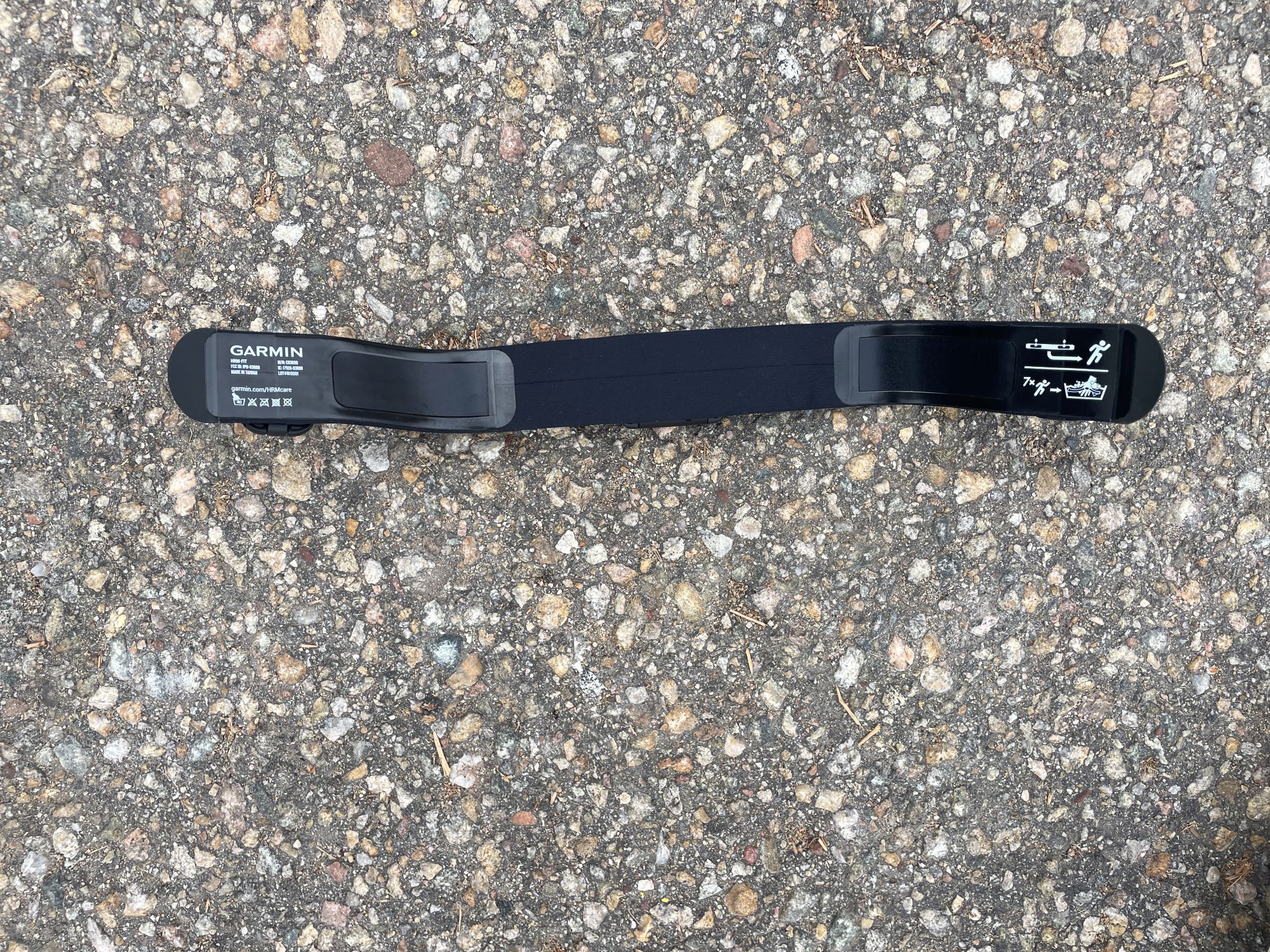
The Garmin HRM-FIT is $150 before taxes and shipping. That’s about the same price as a bike tune-up, a mid-range pair of bike shoes or a set of new bike tires.
Unless your current heart rate monitor is causing chafing or other issues, it's hard for me to recommend spending $150 on a new heart rate monitor when, at least in cycling, there is so much other worthy equipment to purchase for about the same price.
Additionally, other non-chest HRMs clock in at half the price. The Coros arm-based HRM and Wahoo TICKR FIT Heart Rate Armband retail for $79, and eliminates the issue of chest chafing entirely.
The sports bra design limitations may also be frustrating, especially to larger-busted women who need to wear sports bras with wide elastic bands or zippers up the front for added support. The HRM-FIT may not fit these designs.
HRMs are a matter of personal choice and accuracy. If you aren’t willing to deviate from a chest HRM but want to eliminate the chafing and itchiness that can come from a full-chest HRM being mashed into your skin by a sports bra, the HRM-FIT is an ideal choice - and it claims to have one year of battery life out of the box (and is replaceable with a store-bought CR2032 battery).
I can’t say that I’d scream “take my money!” to Garmin over this product if I had other purchases on my mind, but for those who have a bit of flex in their budget and want to spend their cash on a product that actually solves the problem it claims to, the HRM-FIT is a purchase you can feel good about.
Garmin HRM-FIT features
- Dimension: 13.2" x 1.3" x 0.7" (33.5 x 3.3 x 1.7 cm)
- Module Size: 1.2" W x 2.2" H x 0.6"D (31 x 55.5 x 14.2 mm)
- Weight: 1.9 oz (53 g)
- Water Rating: 3 ATM
- Battery Type: CR2032
- Battery Life: Up to 12 months (using 1 hour per day)
- BATTERY DOOR TYPE
- Pairs with Garmin Connect™ App
- Real-time heart rate transmission via ANT Connectivity (2.4 GHZ) and Bluetooth
- Supports Heart Rate Variability (HRV)
- Running Dynamics
- Running Pace ad Distance
- Stand-alone activity monitoring (steps, all-day heart rate, calories, intensity minutes)
- Stores and forwards heart rate data for swimming or standalone cases

Kristin Jenny is an elite triathlete based near Boulder, Colorado. Although most of her time is spent in aerobars somewhere in the mountains, she finds time to enjoy eating decadent desserts, hiking with her husband and dog, and a good true crime podcast.